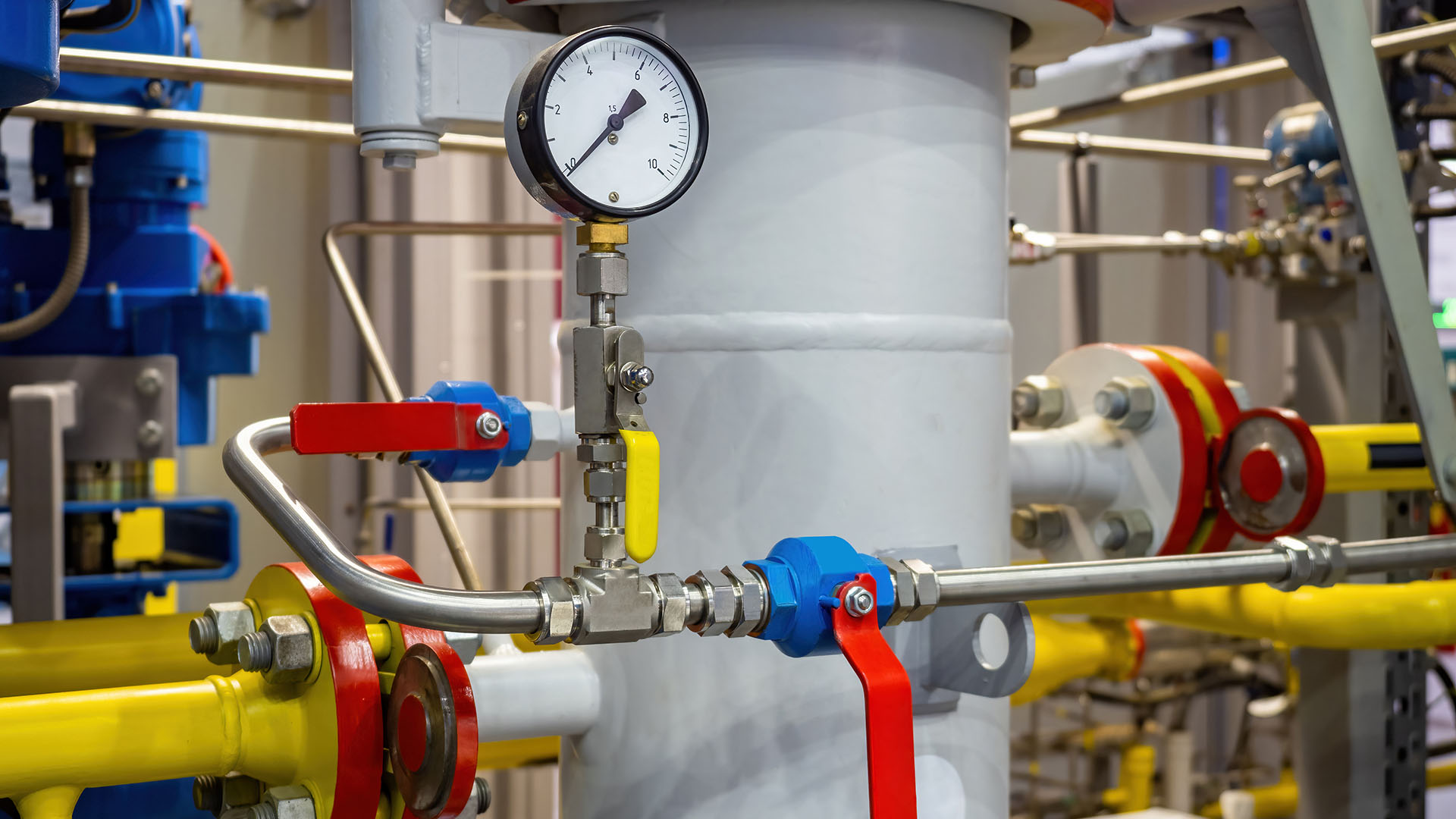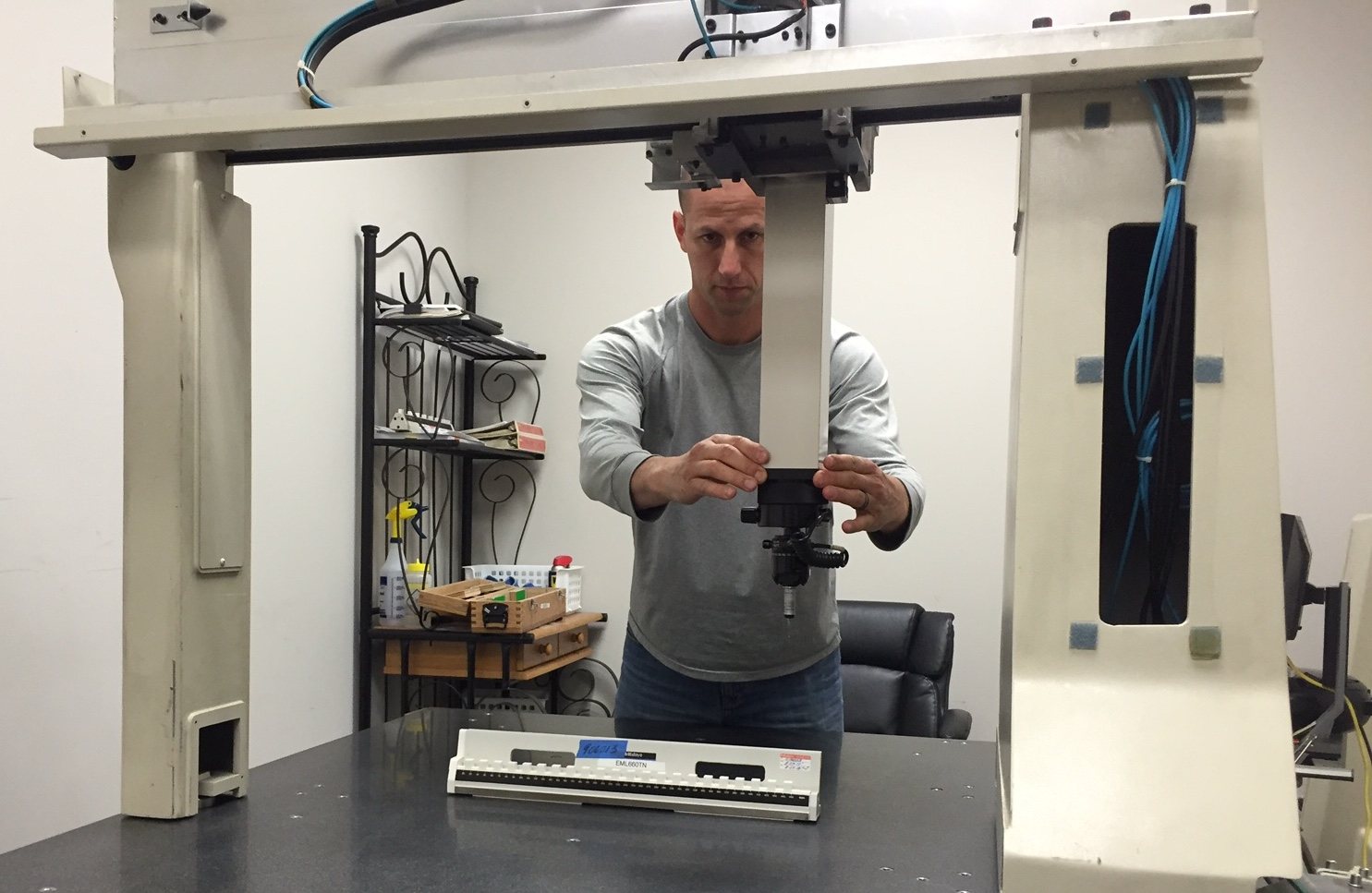Introduction
Understanding dimension uncertainty is pivotal for an individual in contact in calibration procedures, no matter if you are a professional knowledgeable or just commencing out. Measurement uncertainty refers back to the doubt that exists about the effect of any dimension. It's a must-have because it is helping figure out how right and legit your measurements are, which could vastly impression great keep an eye on, compliance with regulations, and typical operational potency.
In this help, we’ll delve deeply into the area of dimension uncertainty in calibration. This experience will take us simply by essential techniques, methodologies used to quantify uncertainty, reasonable examples, simple pitfalls to preclude, and hints for imposing preferable practices on your calibration manner.
Understanding Measurement Uncertainty in Calibration
What is Measurement Uncertainty?
Measurement uncertainty is described as a parameter that characterizes the dispersion of the values attributed to a measured wide variety. In easier terms, it suggests how lots possible agree with your dimension outcomes. It’s the most important in fields like manufacturing, healthcare, and clinical research the place precision is prime.
Why is Measurement Uncertainty Important?
Measurement uncertainty plays an needed position in making sure that measurements are valid and dependableremember. It affects determination-making techniques throughout diversified industries via:
- Enhancing accuracy Ensuring compliance with standards Improving product quality Reducing errors
Basic Concepts of Calibration
Calibration comes to comparing a dimension system in opposition to a favourite preferred to guarantee its accuracy. The technique is critical for any measuring device, be it electronic or analog. But what exactly does calibration entail?
Key Steps in Calibration
Preparation: Ensure the surroundings is applicable. Selection of Standards: Use acknowledged calibration requisites. Comparison: Measure the tool against the standard. Adjustment: If important, make ameliorations to enhance accuracy. Documentation: Record all findings and changes made.Types of Measurement Uncertainty
Measurement uncertainties can pretty much be classified into two versions:
1. Type A Uncertainty (Statistical)
This type of uncertainty is derived from statistical research of repeated measurements. For instance:
- The normal importance received from numerous trials The general deviation calculated from the ones trials
2. Type B Uncertainty (Non-statistical)
Type B uncertainties come from other resources which includes brand requisites or past calibrations and would possibly not contain statistical diagnosis.
Sources of Measurement Uncertainty
Understanding where uncertainties originate is helping you cope with them safely. Here are some hassle-free assets:
Environmental Factors
Temperature fluctuations, humidity stages, and electromagnetic interference can all introduce variability into measurements.
Instrumental Errors
Inherent barriers inside of measuring gadgets can lead to discrepancies among definitely values and mentioned values.
Human Factors
Operator knowledge and trip play significant roles in size accuracy.
A Beginner’s Guide to Understanding Measurement Uncertainty in Calibration
Methodologies for Estimating Measurement Uncertainty
Estimating dimension uncertainty involves quite a few suggestions that assist quantify the skill error linked to measurements.
1. GUM Approach (Guide to the Expression of Uncertainty in Measurement)
This across the world well-known ebook gives you a framework for evaluating and expressing uncertainty in measurements by way of a scientific way.
2. Monte Carlo Simulation
This computational method uses random sampling to receive numerical outcomes on how uncertainties have an affect on result.
Practical Examples of Measurement Uncertainty
To put thought into exercise, let’s study a few authentic-world scenarios in which knowing size uncertainty makes all the distinction.
Example 1: Laboratory Testing
In laboratories Calibration Company cost where particular measurements are important—like chemical trying out—knowing uncertainty facilitates determine outcome are reproducible across experiments.
| Parameter | Value | Type A Uncertainty | Type B Uncertainty | |----------------|---------------|--------------------|---------------------| | pH Level | 7.00 | ±zero.05 | ±zero.01 |
Example 2: Manufacturing Industry
In manufacturing contexts like automotive components creation, even minor error can bring about wonderful subject matters down the line.
Common Pitfalls When Dealing with Measurement Uncertainty
Even professional mavens can fall prey to known errors involving size uncertainty:
- Neglecting Documentation: Always rfile findings; failure to do so may possibly lead you off target. Ignoring Environmental Conditions: Overlooking environmental elements can skew outcomes.
Best Practices for Managing Measurement Uncertainty
So how do you accurately deal with size uncertainty? Here are a few attempted-and-genuine details:

Frequently Asked Questions (FAQs)
1. What is the distinction among accuracy and precision?
Accuracy refers to how near a measured price is to the proper value; precision exhibits how constant repeated measurements are.
2. How in the main deserve to I calibrate my devices?
Calibration frequency relies upon on usage but need to typically arise at the least as soon as in keeping with year or in the past indispensable purposes.
three. Is there program out there for calculating dimension uncertainty?
Yes! There are several device chances out there that simplify calculations based on GUM method and Monte Carlo simulations.
four. Can human errors contribute particularly to dimension uncertainty?
Absolutely! Operator capacity degree and adherence to protocols tremendously have an impact on size reliability.
five. What position does traceability play in calibration?
Traceability ensures that size outcomes may be linked back by using an unbroken chain of comparisons to nationwide or foreign requisites.
6. How do I file measurement uncertainty?
When reporting, come with equally Type A and Type B uncertainties at the side of self assurance durations where proper.
Conclusion
A complete wisdom of measurement uncertainty is very important for professionals engaged in calibration techniques across diversified fields—from laboratories to production plant life—and beyond! By embracing correct practices around documentation, workout, environmental controls, and traditional exams of contraptions while making use of normal methodologies like GUM or Monte Carlo simulations, you would no longer simply escalate your accuracy however additionally enrich basic confidence to your effects.
Remember that coping with size uncertainty isn’t just a technical job; it reflects your commitment towards excellent coverage and operational excellence! Now move beforehand—dive deeper into your calibration practices armed with newfound capabilities.
By now, you may still have a sturdy seize on what constitutes A Beginner’s Guide to Understanding Measurement Uncertainty in Calibration. If there may be whatever thing extra you would like clarified or explored in addition—really feel loose to achieve out!
